Welcome to the ultimate Beef Negimaki guide, a dish that captures the essence of Japanese cuisine. Beef negimaki is more than just a meal; it’s a tradition. With its savory beef wrapped around crisp scallions and coated in a sweet teriyaki glaze, it offers a burst of flavor. This dish is a testament to the fusion of simple ingredients and complex tastes.
Originating from Japan, beef negimaki marries umami-rich teriyaki sauce with fresh scallions. The result is a dish that’s both rich and refreshing. It can be a standout appetizer or a main course, bringing a piece of Japan to your table.
In this article, we’ll explore everything about beef negimaki. You’ll learn about its history, how to prepare it, and the essential ingredients. We’ll guide you through each step to make this dish at home. Whether you’re an experienced cook or a culinary novice, this journey will enhance your cooking repertoire.
Join us as we dive into the art of making beef negimaki. Let’s start this flavorful adventure and bring a classic Japanese dish to your kitchen.
What is Beef Negimaki?
Beef negimaki is a savory Japanese dish. It wraps thinly sliced beef around crisp scallions, glazed with teriyaki sauce. The name combines “negi” (scallions) and “maki” (roll). This highlights its main ingredients and preparation. The dish balances rich beef flavors with fresh scallion crunch. It offers a unique taste and texture contrast.
Typically, beef negimaki is an appetizer or main dish. It showcases Japanese cuisine’s simplicity and elegance. The beef marinates in soy sauce, mirin, and sake. This process tenderizes the meat and adds flavor. Upon grilling, the beef gets a smoky flavor. Meanwhile, the scallions stay slightly crunchy. This creates a delightful contrast.
In short, beef negimaki combines quality ingredients into a flavorful and textured experience. It reflects Japanese cooking’s precision and artistry, appealing to those exploring Japanese flavors. For those looking to dive deeper into the art of Japanese cooking, exploring various Japanese cooking techniques can provide a broader understanding and appreciation for dishes like beef negimaki.
Nutritional Information
Beef negimaki is not only a flavorful choice but also a relatively healthy one, depending on its preparation. Typically, a serving offers a good balance of protein from the beef and vitamins from the scallions, with a moderate calorie count from the teriyaki glaze. Consequently, the exact nutritional value can vary, but it’s the combination of these nutrients that makes it an appealing option for those watching their diet.
Lean cuts like sirloin or flank steak, commonly used in negimaki, are excellent sources of high-quality protein and essential amino acids. Additionally, scallions contribute a burst of vitamins A and C, along with fiber, enhancing the dish’s nutritional profile. However, the teriyaki sauce, which adds a significant depth of flavor, also brings sugars and sodium to the table. Therefore, by adjusting the sauce’s sweetness or opting for low-sodium soy sauce, you can create a healthier version of this dish.
Ultimately, beef negimaki can be a part of a balanced diet, thanks to its mix of protein, vitamins, and the possibility of controlling portion sizes. This demonstrates that eating well does not have to mean sacrificing flavor.
Beef Negimaki vs. Teriyaki
Beef negimaki and teriyaki dishes share similarities but also have distinct differences. Both use a teriyaki glaze, a mix of soy sauce, mirin, and sometimes sake, to create their signature flavor. However, the preparation and presentation set them apart.
Firstly, teriyaki typically involves grilling or broiling the protein, such as chicken, beef, or fish, after marinating or basting it in teriyaki sauce. This method highlights the sauce’s flavor, giving the protein a glossy, caramelized exterior. Teriyaki dishes focus on the sauce’s impact on the protein, making it the centerpiece of the flavor experience.
On the other hand, beef negimaki takes a more complex approach. It involves thinly slicing beef, marinating it in teriyaki sauce, then wrapping it around scallions before grilling. This not only incorporates the teriyaki flavor into the beef but also adds the fresh, crisp texture of the scallions. The rolling technique used in negimaki introduces an additional layer of texture and presentation, making it a more intricate dish.
In essence, while both dishes celebrate the rich, umami flavors of teriyaki sauce, beef negimaki introduces a textural contrast and a presentation style that sets it apart from simpler teriyaki preparations. It’s a testament to the versatility of teriyaki sauce in Japanese cuisine and the creativity it inspires in dishes like beef negimaki.
Serving Suggestions
This versatile Japanese beef roll is a dish that can be served in various ways to complement its rich flavors and textures. Here are some suggestions to elevate your experience with this savory delight:
- Steamed Rice: A classic pairing, steamed rice offers a neutral base that balances the savory and sweet flavors of the dish. It also helps to absorb the delicious teriyaki sauce.
- Soba Noodles: For a more filling meal, serve this dish with a side of soba noodles tossed in a light soy and sesame oil dressing. The nutty flavor of the soba noodles pairs well with the umami-rich beef.
- Japanese Salad: A simple Japanese-style salad, such as a cucumber salad with a vinegar dressing, can add a refreshing contrast. The crispness of the vegetables complements the tenderness of the beef.
- Miso Soup: Start your meal with a warm bowl of miso soup. Its soothing umami flavors make it a perfect appetizer that leads nicely into the main course of this Japanese beef roll.
- Sake or Green Tea: Pair your dish with a traditional Japanese drink. Cold sake can enhance the flavors, while green tea offers a soothing, palate-cleansing finish to the meal. For those who enjoy exploring the rich flavors of Asian cuisine and are looking to complement their meal with a dish that offers a spicy kick, consider trying this easy Hunan Shrimp recipe. Its perfect blend of heat and flavor makes it a delicious addition to any Chinese meal.
FAQs
What is beef negimaki made of?
Beef negimaki consists of thinly sliced beef, scallions, and a teriyaki glaze. The beef is rolled around the scallions, marinated, and then grilled.
How many calories are in beef negimaki?
The calorie content can vary depending on the recipe and serving size. On average, a serving of beef negimaki can range from 200 to 300 calories, making it a relatively light option when enjoyed in moderation.
What is the difference between teriyaki and negimaki?
While both involve the use of teriyaki sauce, teriyaki typically refers to a cooking technique where the protein is glazed and grilled. Negimaki, on the other hand, specifically involves rolling beef around scallions, marinating it in teriyaki sauce, and then grilling.
Beef negimaki is a delightful dish that brings the essence of Japanese cuisine to your table. With its combination of savory beef, crisp scallions, and sweet teriyaki glaze, it offers a symphony of flavors that are sure to impress. By following the ultimate recipe and serving suggestions provided, you can create a memorable meal that celebrates the art of Japanese cooking. Whether you’re a seasoned chef or a culinary novice, beef negimaki is a dish that invites creativity and provides a delicious way to explore the rich tapestry of flavors in Japanese cuisine. Enjoy the process of making it, and most importantly, savor every bite. For more delicious recipes and culinary inspiration, visit our website at Tasty Mingle. Explore a world of flavors and bring the joy of cooking into your home.
Print
Beef Negimaki Recipe
- Total Time: 30 minutes
- Yield: 4 servings 1x
Description
Indulge in the savory flavors of Beef Negimaki, traditional Japanese beef rolls filled with crisp scallions and glazed with teriyaki. Perfect for a gourmet meal at home.
Ingredients
- 1 lb (about 450g) thinly sliced beef (sirloin or flank steak are ideal)
- 1 bunch of scallions, trimmed and cut into 3-inch pieces
- 1/3 cup soy sauce
- 1/4 cup mirin (Japanese sweet rice wine)
- 2 tablespoons sake (optional)
- 2 tablespoons sugar
- 1 tablespoon vegetable oil (for grilling)
- Toothpicks or skewers (for securing the rolls)
Instructions
- Prepare the Marinade: In a bowl, whisk together soy sauce, mirin, sake (if using), and sugar until the sugar dissolves. This mixture will flavor your beef and give it that signature teriyaki glaze.
- Marinate the Beef: Place the beef slices in the marinade, ensuring each piece is well-coated. Let them marinate for at least 30 minutes in the refrigerator to absorb the flavors.
- Prep the Scallions: While the beef marinates, blanch the scallions in boiling water for about 30 seconds. Then, quickly transfer them to ice water to stop the cooking process. This step makes the scallions more pliable and less pungent.
- Assemble the Rolls: Take a slice of marinated beef, lay a few pieces of scallion at one end, and roll it up tightly. Secure the roll with a toothpick or skewer. Repeat with the remaining beef and scallions.
- Cook the Negimaki: Heat a grill pan or skillet over medium-high heat and brush with vegetable oil. Place the beef rolls on the grill, turning occasionally, until the beef is cooked through and the outside is nicely caramelized, about 8-10 minutes.
- Serve: Remove the toothpicks or skewers, slice the rolls into bite-sized pieces if desired, and serve immediately. Enjoy your homemade beef negimaki with extra teriyaki sauce for dipping or drizzling.
Notes
- Thinly Slice the Beef: For tender rolls, slice the beef as thinly as possible. This allows it to absorb more marinade and cook quickly on the grill.
- Marinate for Flavor: Allow the beef to marinate for at least 30 minutes, or longer if time allows, to deepen the flavors.
- Secure the Rolls: Use toothpicks or skewers to keep the rolls intact during cooking. Just remember to remove them before serving.
- Watch the Grill: Keep an eye on the beef negimaki as it cooks to ensure it doesn’t burn. The sugar in the teriyaki sauce can caramelize quickly.
- Prep Time: 20 minutes
- Cook Time: 10 minutes
- Category: Main Course
- Method: Grilling
- Cuisine: Japanese
Nutrition
- Serving Size: 1 roll
- Calories: 250 kcal
- Sugar: 5g
- Sodium: 720mg
- Fat: 10g
- Saturated Fat: 4g
- Unsaturated Fat: 5g
- Trans Fat: 0g
- Carbohydrates: 15g
- Fiber: 1g
- Protein: 20g
- Cholesterol: 60mg
Keywords: beef negimaki recipe, Japanese beef rolls, easy Japanese recipes, teriyaki beef, gourmet home cooking, healthy main courses

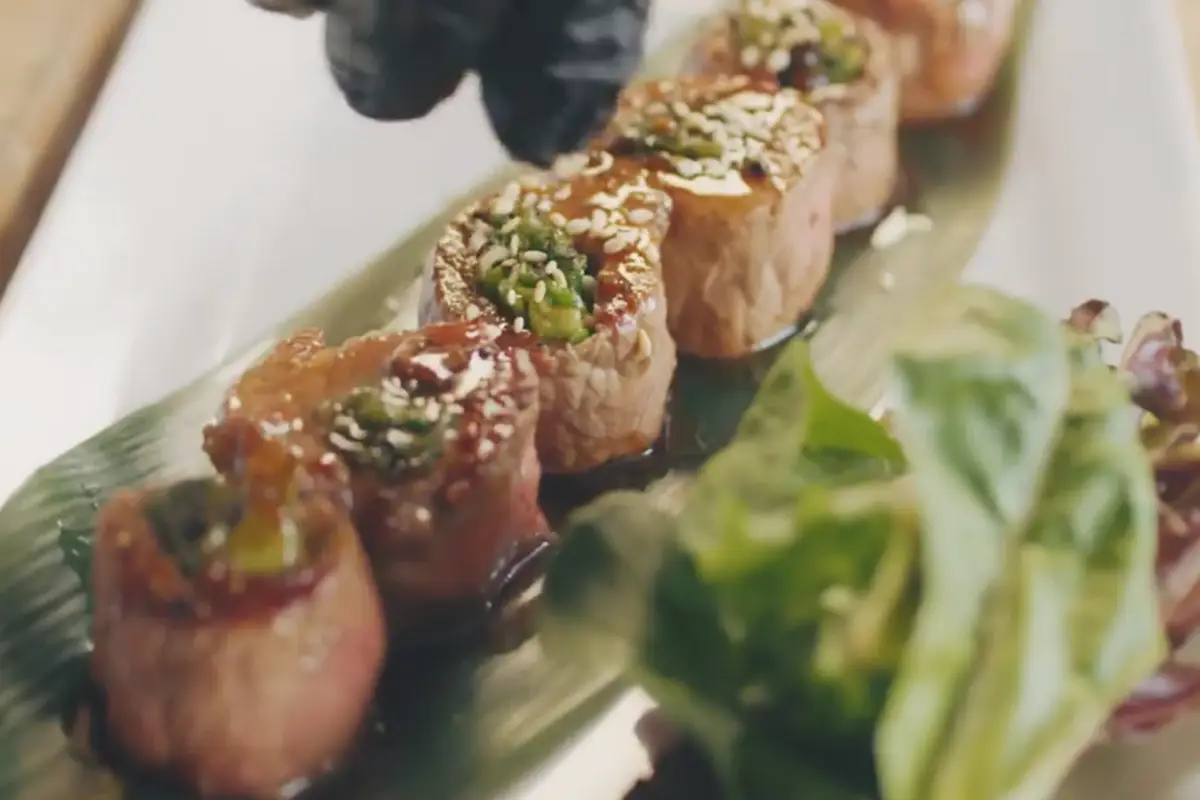
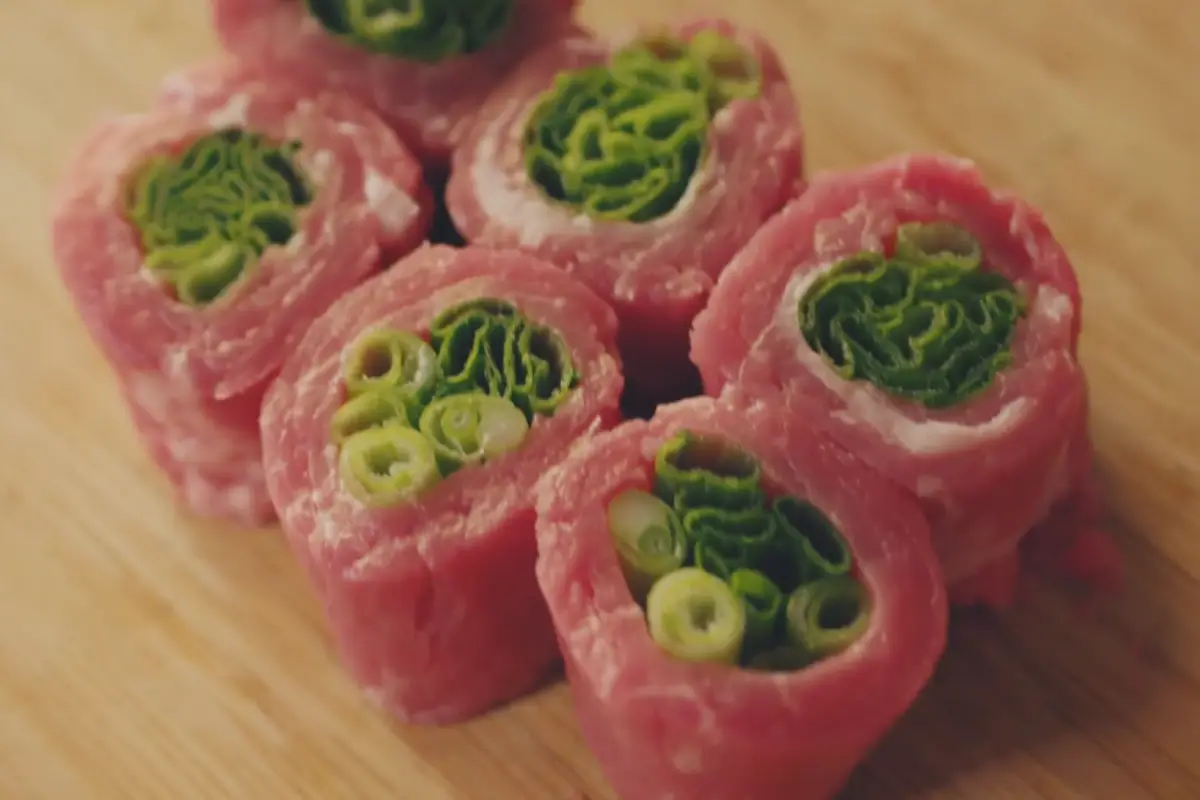
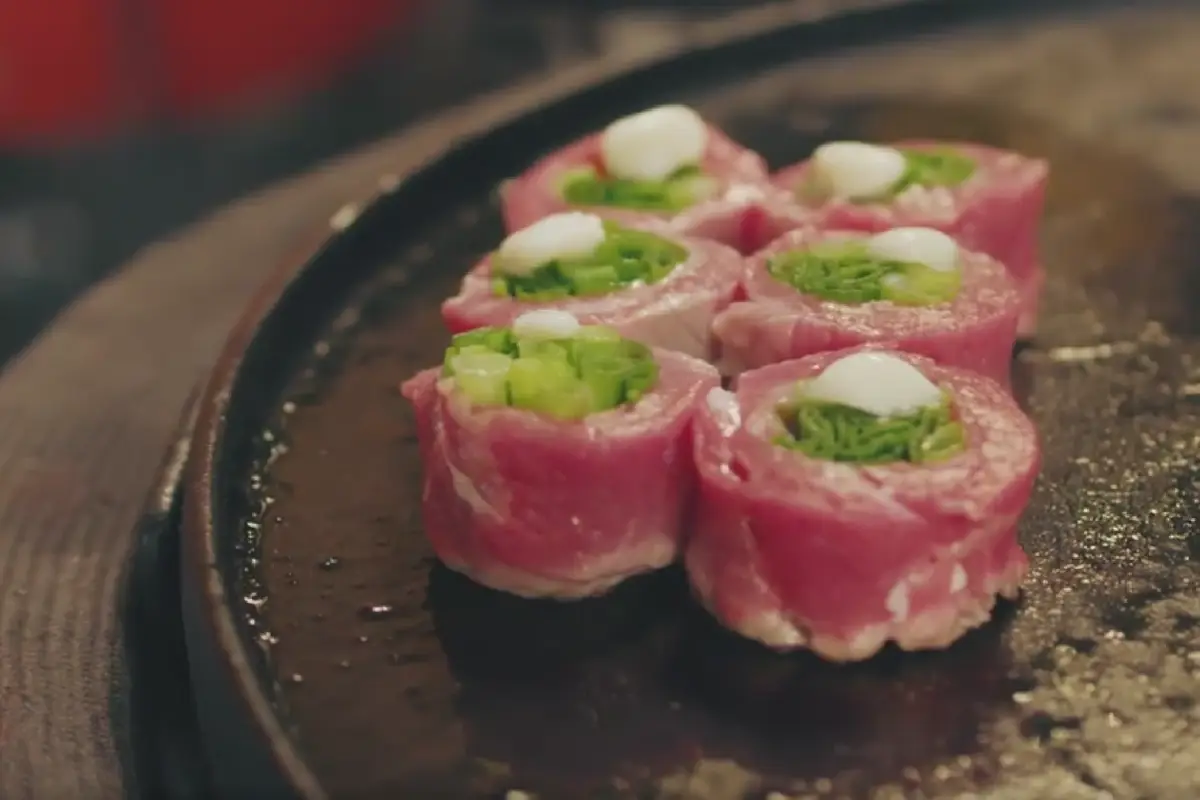
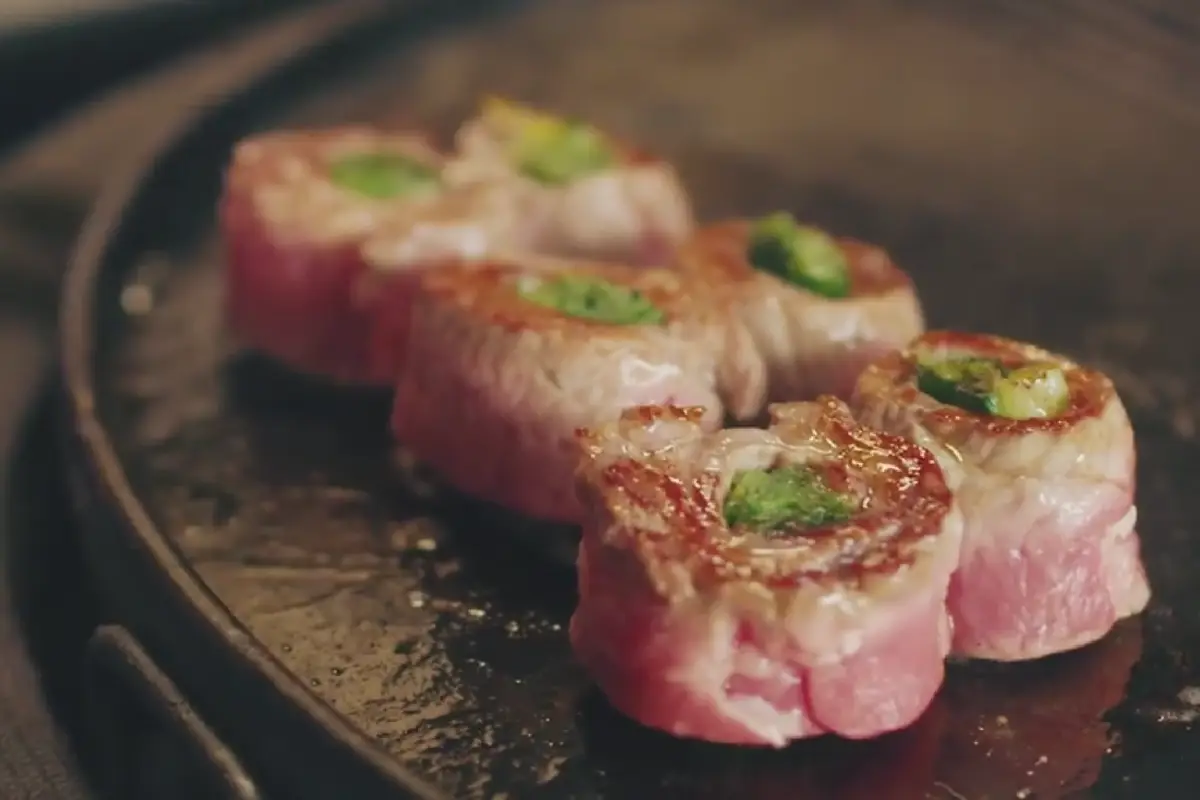
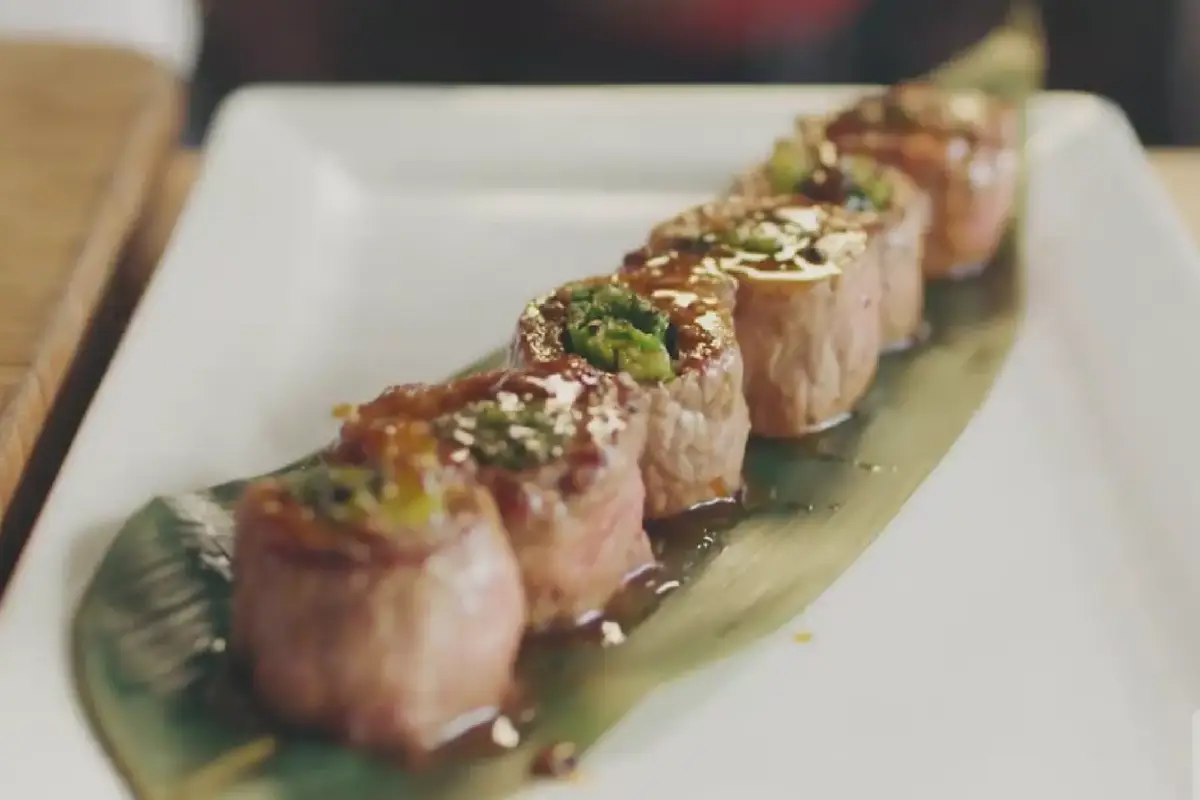
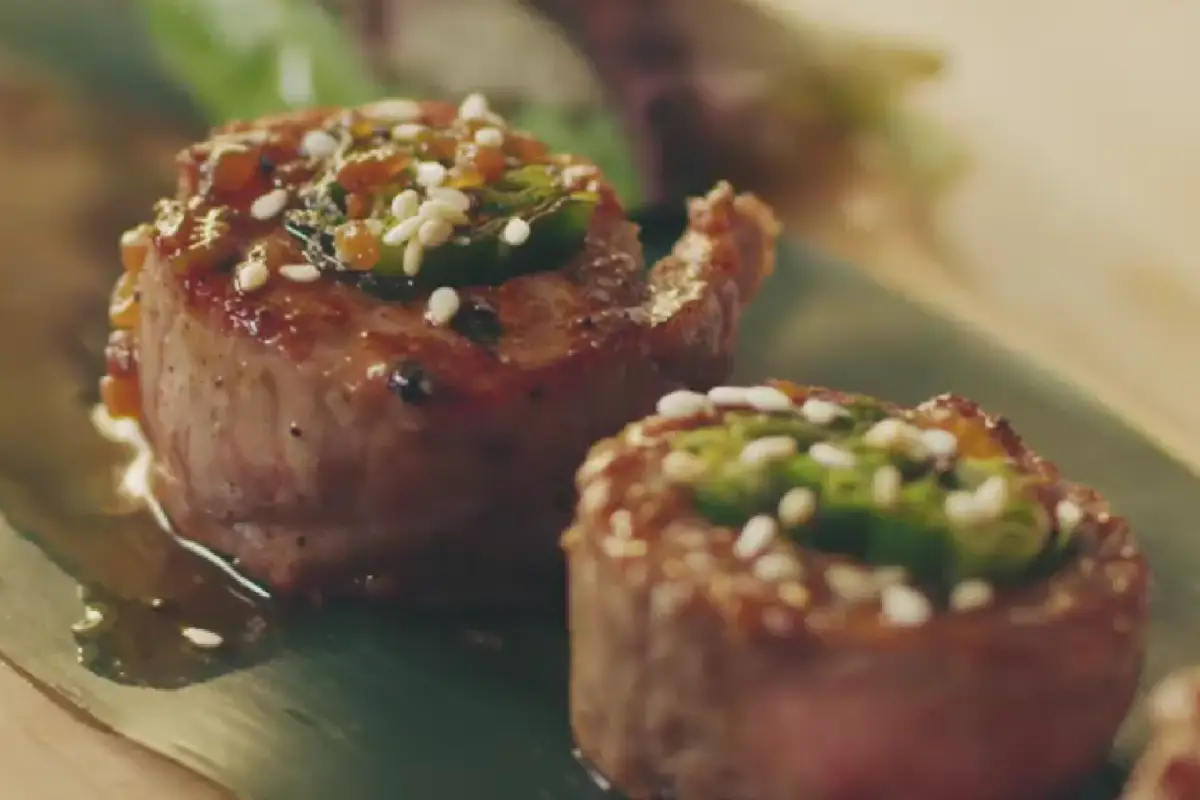
I am so grateful to have stumbled upon this Beef Negimaki recipe on this site! After searching tirelessly for easy recipes for slightly more elaborate meals, I finally found exactly what I was looking for here. My love for Japanese cuisine, especially Beef Negimaki, has been reignited since I first tasted it with a friend. Thanks to this incredible recipe, I’ve been able to recreate that same authentic taste at home. Thank you so much for this delicious and authentic Japanese culinary experience! I’ll definitely be making it again and again.
★★★★★
I’m absolutely delighted to hear that our Beef Negimaki recipe has brought such joy and authenticity to your kitchen! It’s truly heartwarming to know that we could help reignite your passion for Japanese cuisine and provide you with a recipe that matches your fond memories of this dish. Your enthusiasm and appreciation mean the world to us. Thank you for sharing your experience, and we’re thrilled you’ll be enjoying this dish again in the future. If you ever have any requests or need further culinary inspiration, don’t hesitate to reach out. Happy cooking, and here’s to many more delicious Japanese meals at home!
I was so happy when a friend sent yo me this recipe! I love doing different food and after trying this, I also looked into other options and want to try more of it!
Thanks for creating a space with so many good recipes!
★★★★★
I’m thrilled to hear that you enjoyed the recipe and are exploring more! It’s wonderful to know that our space has inspired you to try different foods. Thank you for your kind words, and I can’t wait for you to discover even more delicious recipes here. Happy cooking!